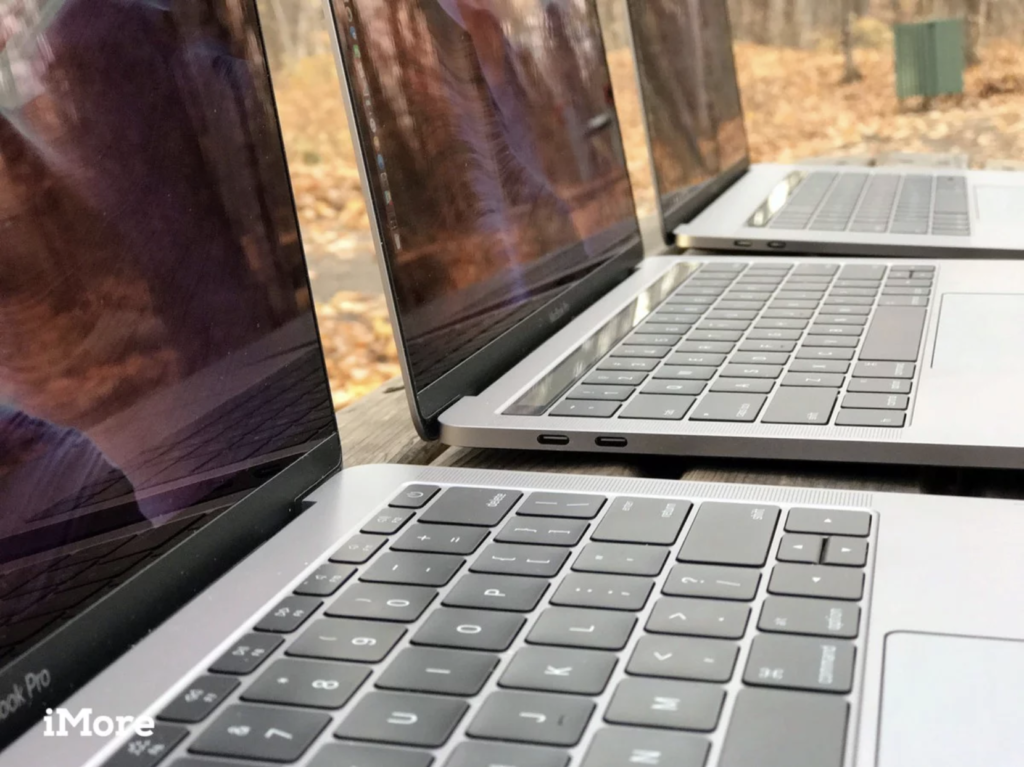The ‘Get a Mac’ campaign was instrumental in shaping Apple’s reputation with consumers – iMore

|
Getting your Trinity Audio player ready...
|
SOURCE: Luke Filipowicz | iMore
Advertising is often seen these days as annoying. From skipping ads on YouTube videos, walking away from the TV when the commercials run, or paying an app developer to remove ads from an app, we love to have ways to ignore advertising. Yet, we haven’t seen the ad industry come to a grinding halt — ads are still everywhere and constantly bombarded us with marketing tactics. Why? Plain and simple, advertising works.
In 2005, Apple’s Mac sales were decreasing, and the company set out to change that with a brand-new ad campaign, titled Get a Mac. Not only was this campaign widely perceived as a success, but nearly 10 years after the campaign finished, it is still recognizable to a lot of people.
In May of 2006, the very first batch of commercials for the Get a Mac campaign were released, and they were pretty different from Apple’s marketing strategy up to this point. A lot of Apple’s previous campaign’s focused on how Apple was special, different, trailblazers, and while those are still advertising messages that Apple uses to this day, the Get a Mac campaign humanized the product the Mac computer — and the company itself.
Ths Viruses ad (shown above) was the first ad (out of the original batch of ads) to hit the TV screen, and it starts with a simple greeting, “Hello, I’m a Mac.” The phrase was spoken kindly and invitingly by actor Justin Long, who just looked like a casual guy you would see on the street. Of course, as everyone knows, the next line of dialogue was spoken by comedian John Hodgman — “and I’m a PC.” John — especially next to Justin — looked old, stodgy, and drab. Plus, John even resembled Microsoft founder, Bill Gates, which I always thought was a clever touch to the ad campaign overall.
Now, Apple wasn’t the first company to employ these type of tactics; personifying your product, compact, or service is a pretty popular marketing technique. But these were the first ads Apple released to personify the Mac — and by extension the company — so personally and so well. While these ads we no doubt a direct comparison between Mac and Windows — especially in the later TV spots that the campaign produced — Apple took a very deliberate strategy to not come off as attacking PCs even though they definitely were.
Read between the lines
Attack ads — most often used in politics, but rear their head in plenty of other circles — can leave a stale taste in people’s mouths. It’s too easy for companies to accidentally come off as arrogant or pompous, and much easier for the company that they are attacking to play the victim in any sort of response. Apple very carefully chose to portray itself — through Justin Long’s character — as the peacemaker and not as an attacker.
The Get a Mac campaign ad titled Counselor (see above) is probably the greatest example of what I mean. In this spot you have the “Mac” being nothing but nice to “PC”, by offering sincere compliments and trying to build PC up, and how does PC respond?
“Well, Mac, I guess you are a little better at creative stuff…even though it’s completely juvenile and a waste of time.”
This was a brilliant tactic for Apple, which was actively going after PC (and Windows) in these TV spots, but came out looking kind, peaceful, and forgiving in the situation. Apple used this type of messaging throughout the Get a Mac campaign and even cleverly added on other marketing messages into the insults that Hodgman would say to Long.
This holiday spot, entitled Goodwill, is a prime example of how Apple included the perception of Macs being for creative young professionals and was paving the way for new media. Once again, the PC offers up this:
“To understand that one does important work while the other wastes his time with frivolous pursuits like home movies and blogs.”
It was the ability of Apple’s simple ad formula to adapt to new marketing messages during the campaign that kept these ads coming for years!
Did it work?
The short answer is a resounding yes. Not only did Mac sales in 2006 go up — the year the ads were introduced — the staying power of the ads a decade after they stopped airing is plently of proof. Plus, Apple ended up making 66 different TV spots for the Get a Mac campaign in three years and companies don’t run a campaign that isn’t showing results.
While Apple is a far more established and way richer company now than it was in 2006 when these ads started, the popularity of these ads is still easy to see. From parodies on late night tv at the time to popular YouTubers Rhett and Link making references to the commercials over a decade later, the Get a Mac campaign says stayed in our lexicon since it debuted.
How do you feel about Apple?
While the Get a Mac campaign was promoting the Mac (both desktops and laptops), it really was about promoting Apple as a company and getting people to view Apple has hip, creative, easy-going, and a plethora of other positive feelings.
Even though Apple has changed its marketing tactics these days, and serves a much larger audience than they did back in 2006, they still use a very personal style of advertising that the Get a Mac campaign started for the company.
The other day on Twitter I asked people to describe Apple as a company using just one word, and the responses were pretty cool. Lots of positive answers such as innovative, designed, personal, and reliable came up several times, and all those words could be used to describe some of the feelings and emotions that the Get a Mac campaign tried to conjure inside consumers. The Viruses ad was all about reliability, the ads that focused on iLife were positioned to seem innovative, and the Sabotage (shown below) spot clearly showed how personal the Mac was by replacing the Mac actor for most of the spot giving the audience a sense of unease.
The Get a Mac campaign helped Apple overcome some of the negative perceptions about Macs at the time, but everything ebbs and flows. If my little Twitter experiment is any indication Apple can still be perceived pretentious, expensive, and restrictive — those perspectives are what current day Apple needs to contend with in its advertising. Who knows, maybe Apple will blow us away with another iconic marketing campaign sometime in the near future, but only time will tell!

